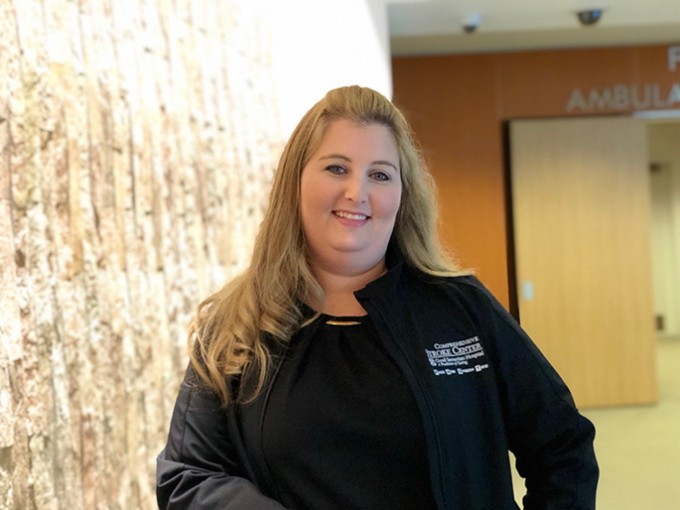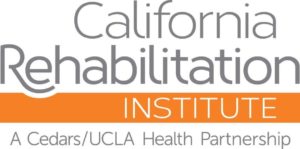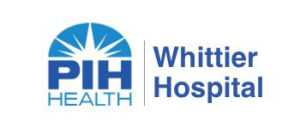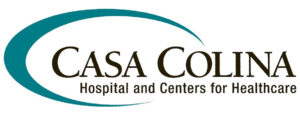My Specialty
Stroke Nursing, Sarah Burke, Good Samaritan Hospital
Using the latest advances to heal the "heart attack of the brain"

Sarah Burke, RN, BSN, SCRN
Stroke Program Manager
PIH Good Samaritan Hospital, Los Angeles
Please tell us the story of your nursing career journey.
In nursing school, I fell in love with neuro. I had a patient who was 8 years old and another in his 20s. One had been hit by a car and one was in a car accident. Seeing the progression of how the brain can heal was fascinating to me then and still is to this day.
Due to my intense interest in neurology, I began working in the neuro trauma stepdown unit in a Level I trauma center immediately after graduation and licensure.
I’m an admitted adrenaline junkie who has been a nurse for 18 years. After 10 years in neuro trauma stepdown (where I also served as relief charge nurse and interim nurse educator), I moved on to a neurosurgical trauma ICU in the same facility for five years. When I left that facility, I came to Good Samaritan Hospital as ICU supervisor.
How did you become a stroke program coordinator?
With a few years as ICU supervisor under my belt, I applied for the position of stroke program coordinator. I have now been in that position for four years. At first, I didn’t know if I’d like it — I’d worked more with bleeds than ischemic strokes and I thought the patients would all be elderly, but that was not the case at all. For example, we recently had a 35-year-old patient. I’m constantly reminded that strokes are not all about the elderly by any measure.
In the Comprehensive Stroke Center at Good Samaritan Hospital, we intervene with intravenous tPA and take patients to the cath lab for thrombectomy. It’s important, time-sensitive work that saves lives and helps our patients recover quicker and regain much more function than they might have otherwise.
Tell us more about your fascination with neuro and strokes.
Cardiac nurses say that you have to have the heart to perfuse everything else, but I say you have to have the brain. You can get a new heart — a pump — but you only have one brain, which is so very delicate.
The brain clearly has the capacity to get better. Surrounding areas of a damaged brain can actually take over the functions previously controlled by the damaged areas. To see patients who’ve been in comas for months who can miraculously wake up is so exciting — like the woman who woke up and began talking on Christmas Day after being in a coma for a year.











